The arrangement of old wagons and signal rope as a prototype of the local network of the train
Let's take a short look at the evolution of the car. Very fast and superficial, with small interesting pieces without long finishing touches. Let's start with the brake line and conductors. The train brake line was not immediately invented. At first there were such places of brakers (they were immediately called conductors in the French manner): on the brake pad of the car was a man who was waiting for a triple whistle. It was a signal to apply the brake. After a stop, he waited for a signal to unscrew the brake. The photo of the reconstruction of the Museum of Russian Railways in St. Petersburg does not show how hard he tried to wrap himself in clothes. They were very cold: The

outgoing signal was also there. The conductor could send a signal to the engine using a signal rope passing through all the cars. Here is its mount on top of the mail carriage:
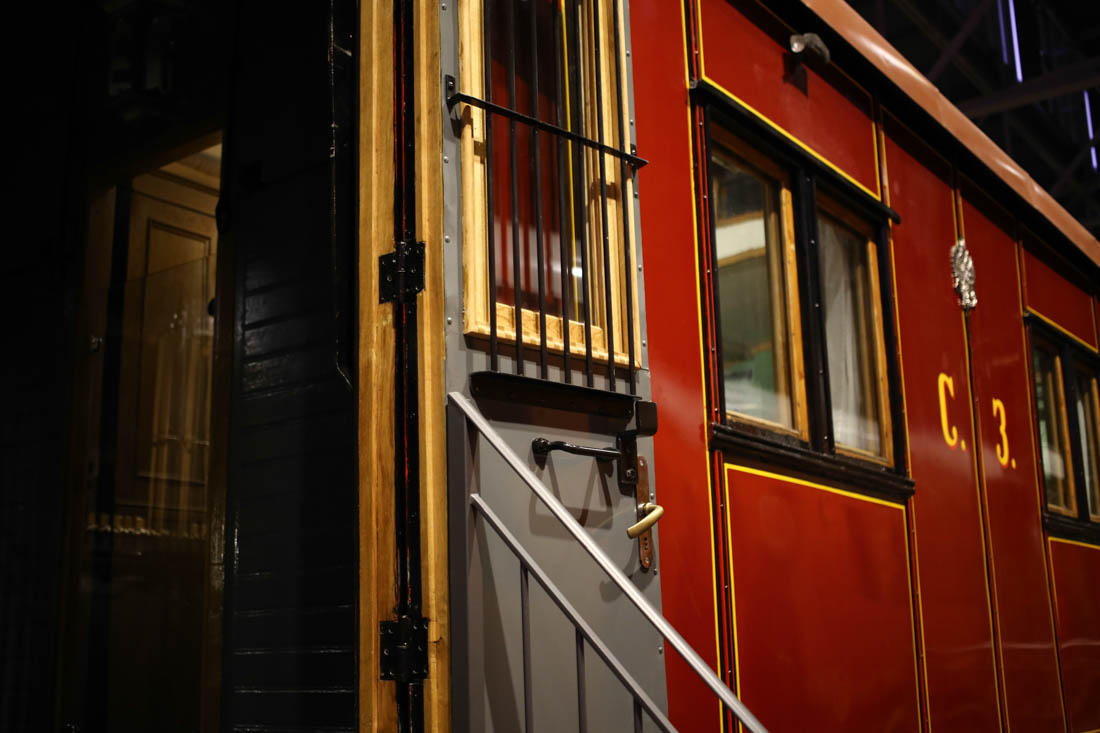
She joined, for example, the lantern of the driver. He saw a flash of a lantern and looked out to see what happened. Then they communicated with flags: all conductors, if necessary, protruded and read signs.
Why was this important? Because the engine simply could not stop the train due to banal physics.
The brakes of the locomotive alone could not quickly stop the train, in this process it was desirable to use at least part of the cars.
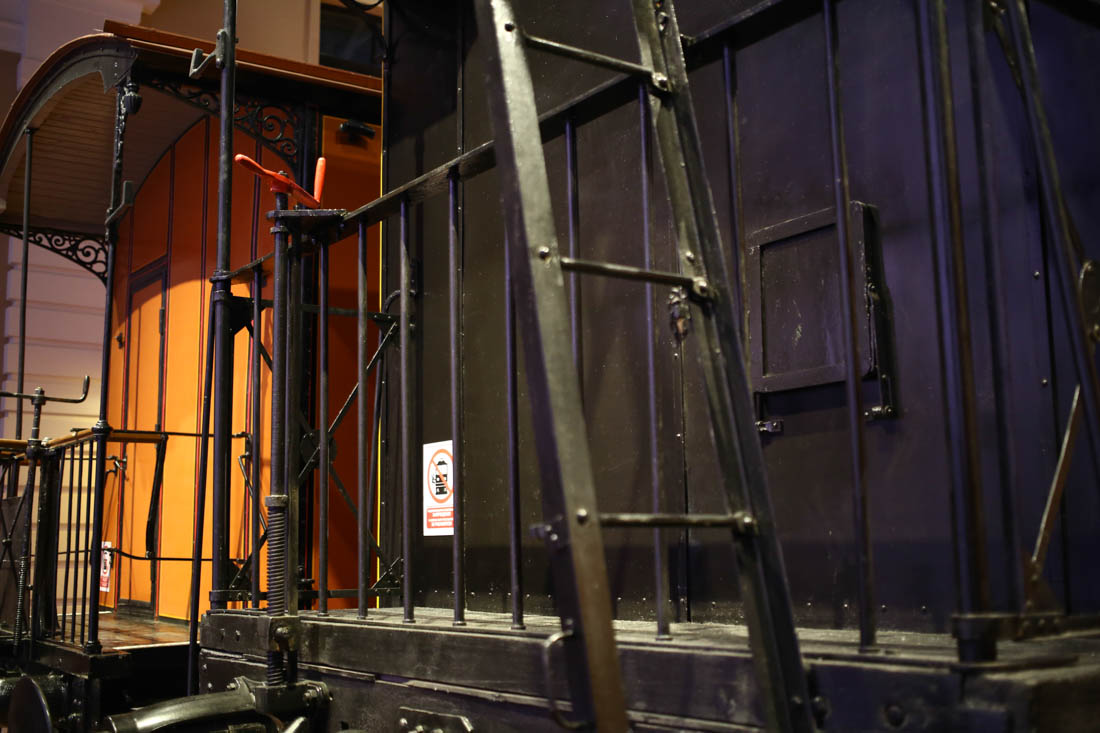
Workplace of the conductor with a folding seat.

The brake loaders did not always do the job correctly, so automation was needed. They came up with automatic brakes in the 19th century.

At present, non-acting brakes are used: when charging the brake line with air (now up to 5 atmospheres), the brakes are released, and when the pressure drops, the brake pads are pressed against the wheel rims. If the car was detached from the train, it immediately braked, and the whole train also braked due to a drop in pressure in the highway. Emergency braking can be applied by actuating the stop valve located in the car.

This is how heavy-duty four-axle freight cars looked like. In wartime, inside the car, it was possible to put removable military equipment for transporting people or, if necessary, horses. In peacetime, the car was used as a freight car. It is very simple to distinguish a dual-use car:

If there are windows in a freight car, it is definitely a dual-use car. Here is the difference between the old and the fresher.
Mail cars were very important. They carried mail and money in the Russian Empire.

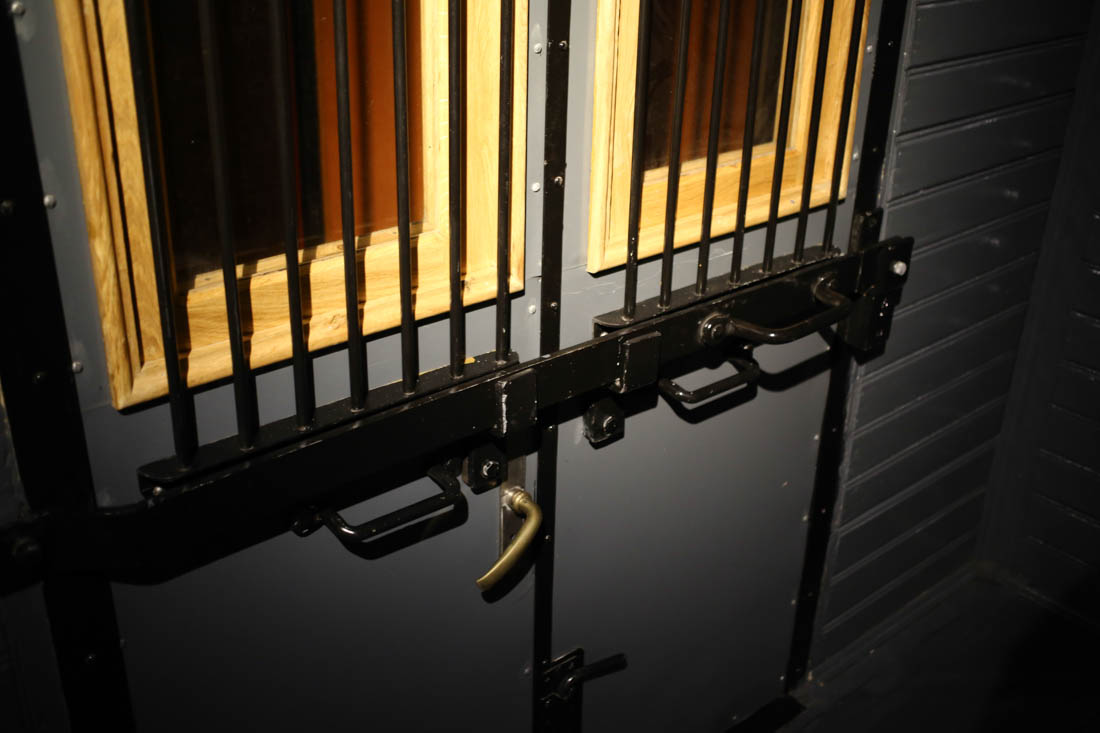
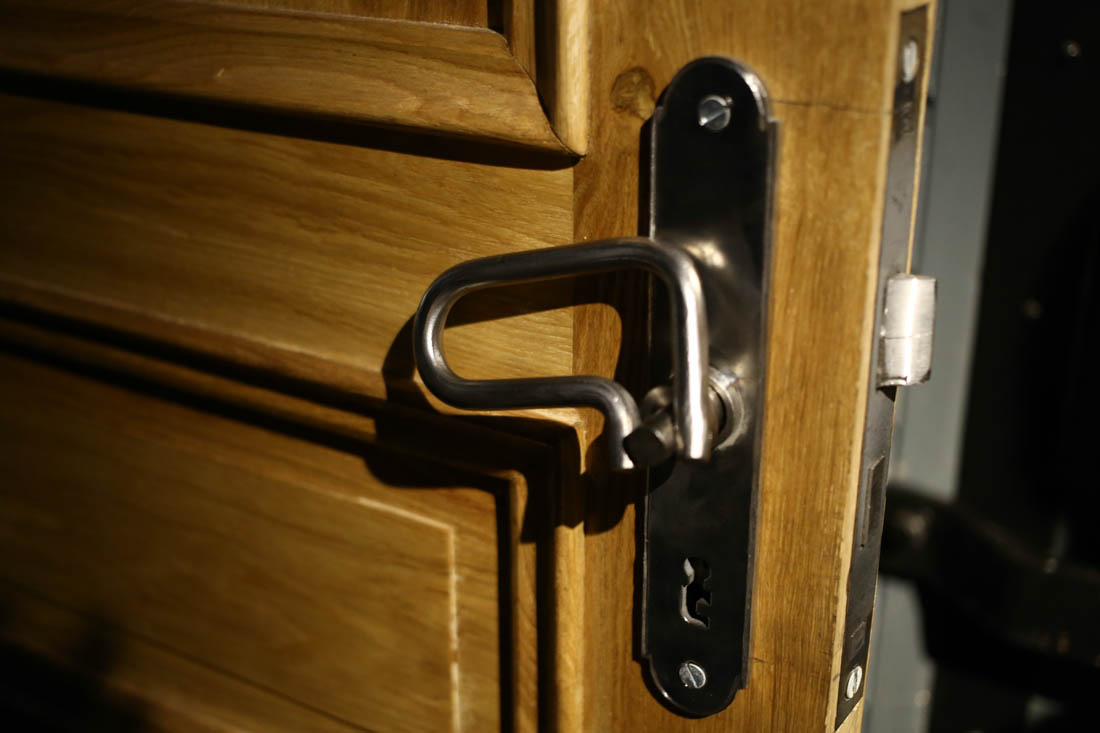
Mail is sorted inside the wagon as it travels.
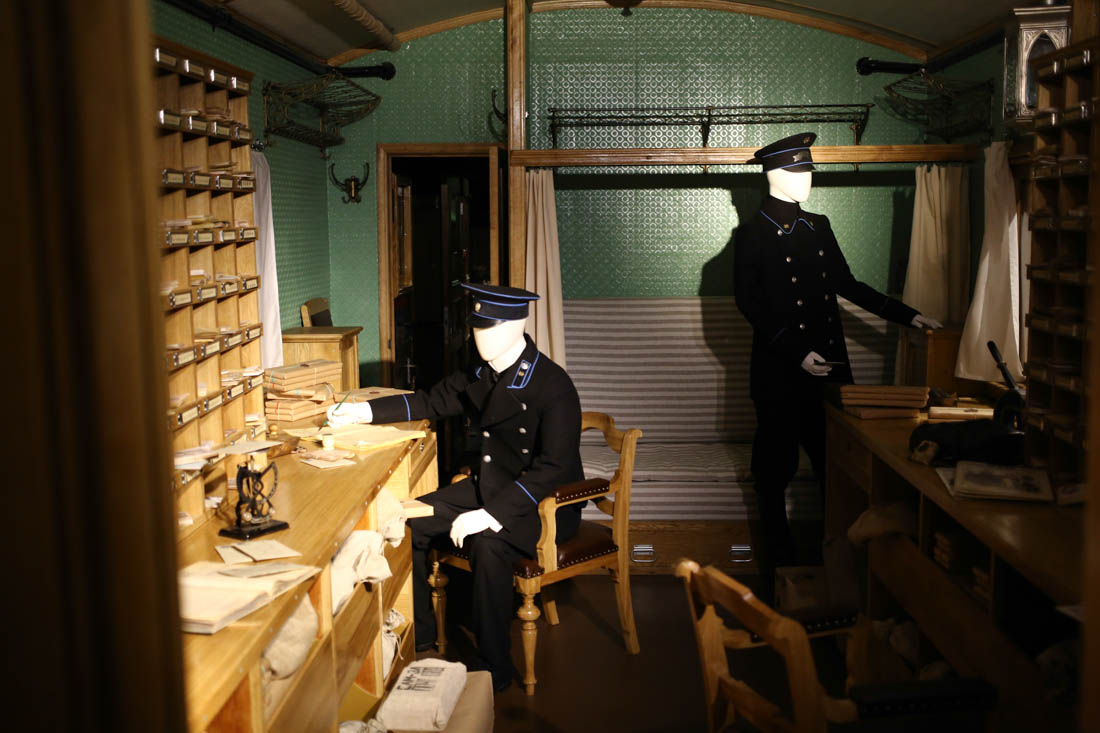
There is a mailbox so that a person can send an urgent letter: He
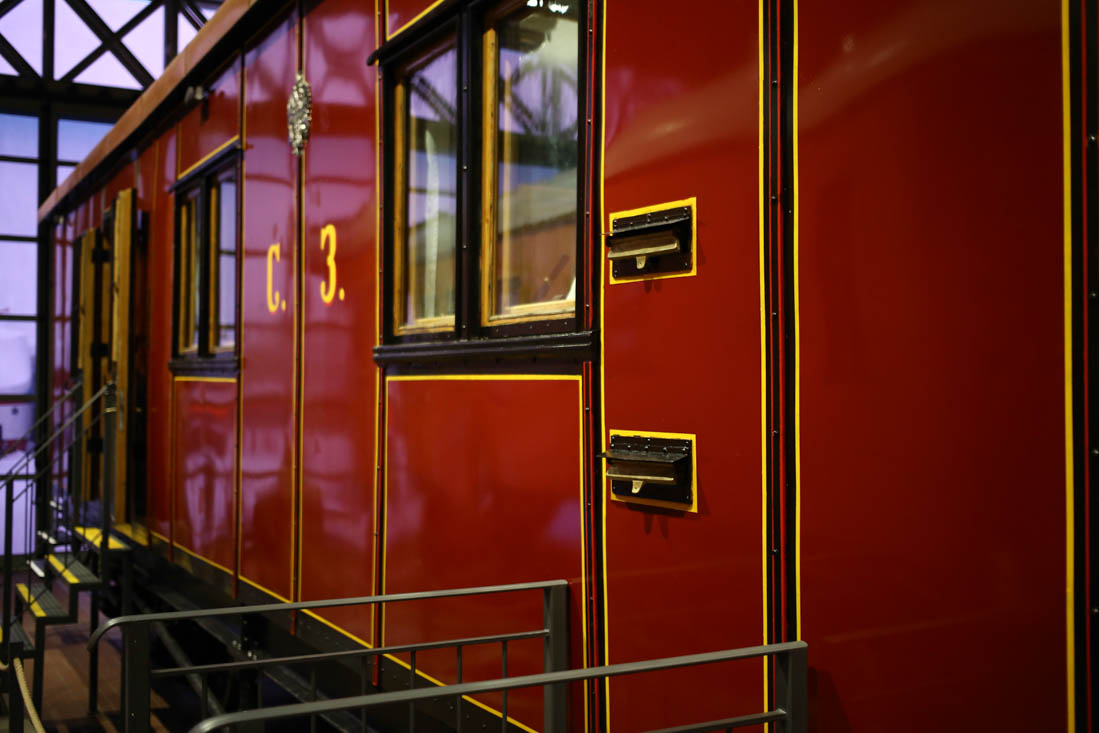
waited for the train at the station, approached, dropped the letter directly into his mailbox. The train left with a letter. And here is the money bag:
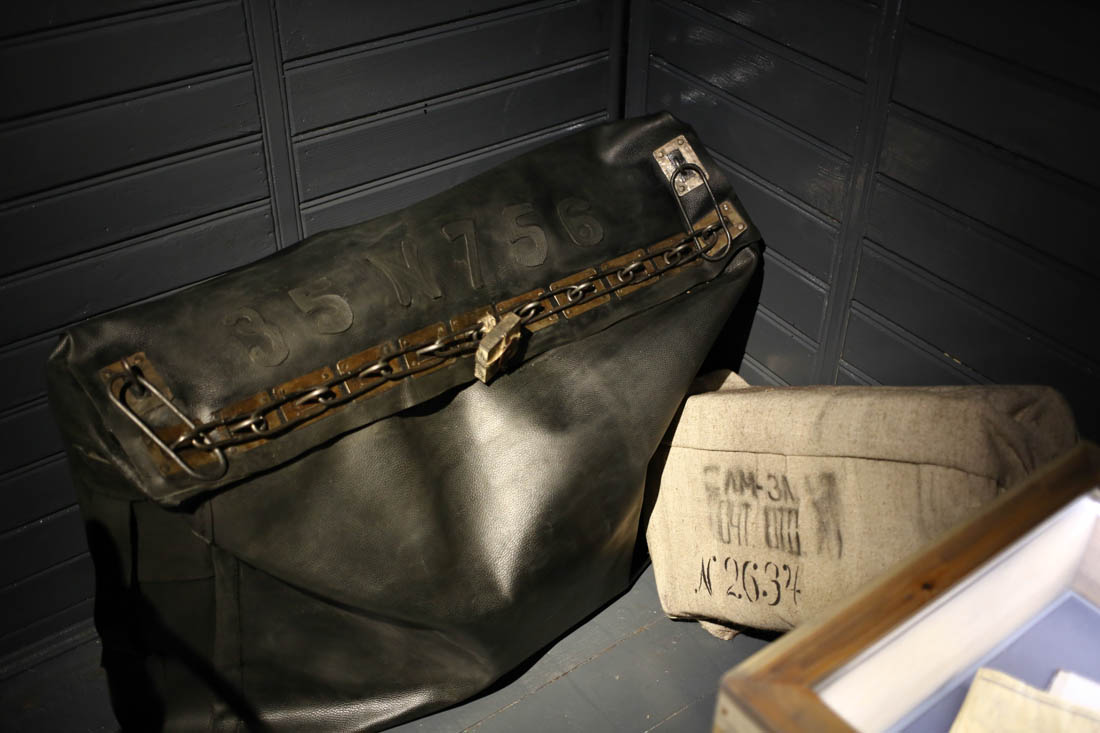
It turned out to be convenient to place artillery and anti-aircraft guns on the wagons.
In the twentieth century, rail transport was used to defend the country:
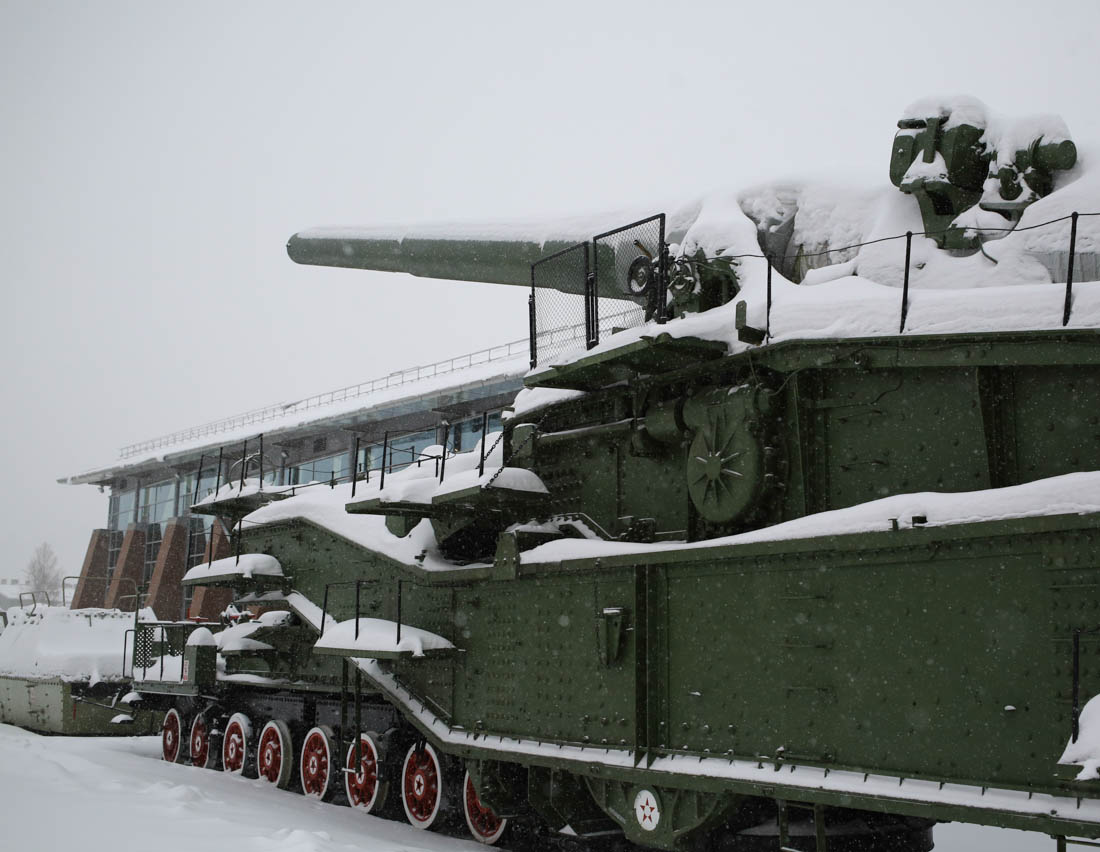
In the foreground are two anti-aircraft armored sites designed for air defense. In the background is a military railway missile system:

In addition to a powder launch like a mortar (at first the missile is thrown into the air by a blast of charge, and then it bends and gives a jet stream so that the car does not turn over), there is another feature:
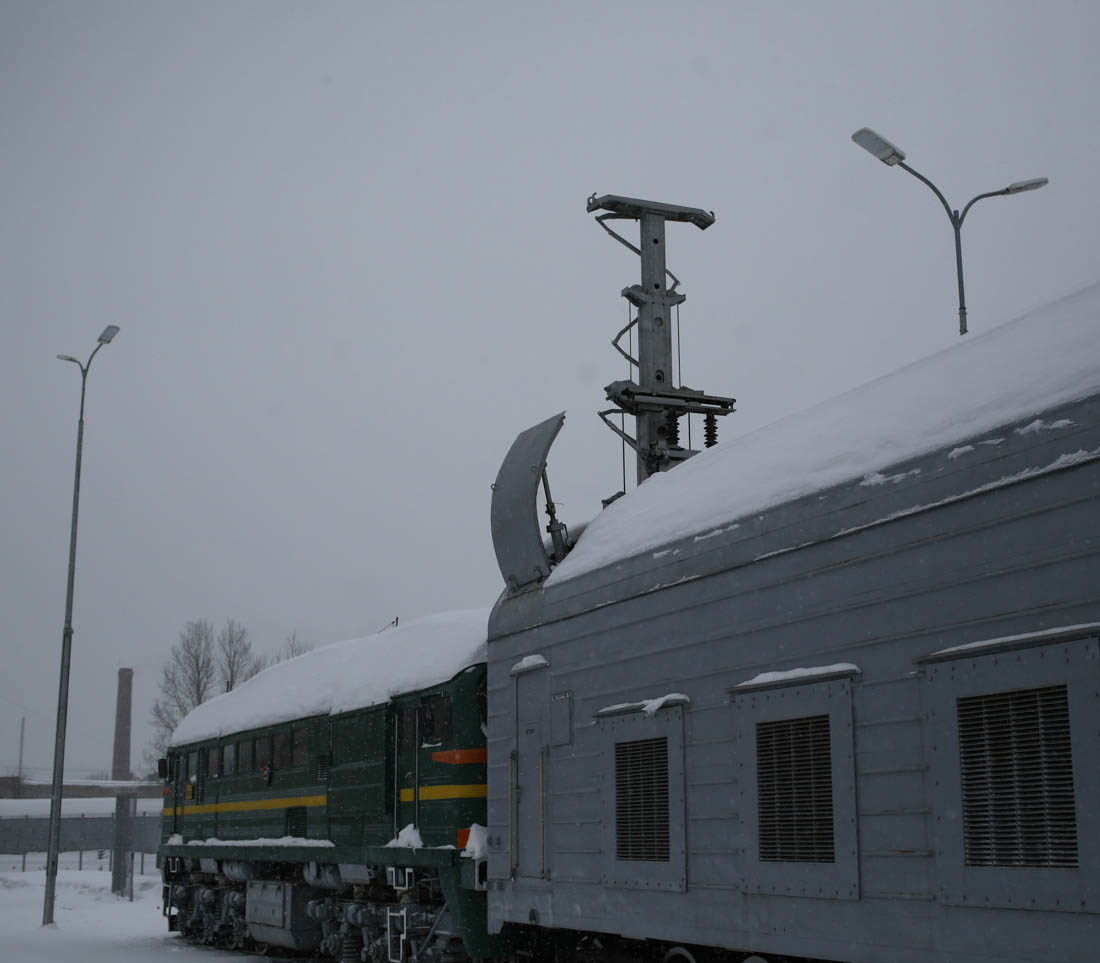
With this device, it was diverted to side of the contact wire above the train so that it can launch a rocket.
Here is an interesting platform conveyor for the transportation of heavy and oversized cargo, often equipment for the railway, for example, transformers:

The first passenger cars of the Tsarskoye Selo Railway were with separate doors that went out of the compartment directly onto the street. But such a layout in our climate did not take root. Firstly, the cars were cold, easily blown by the wind. And, secondly, passage along the train was difficult. Therefore, passenger cars with entrances through terminal open areas began to be used on the Petersburg-Moscow Railway. Here are the interiors of the museum specimen:
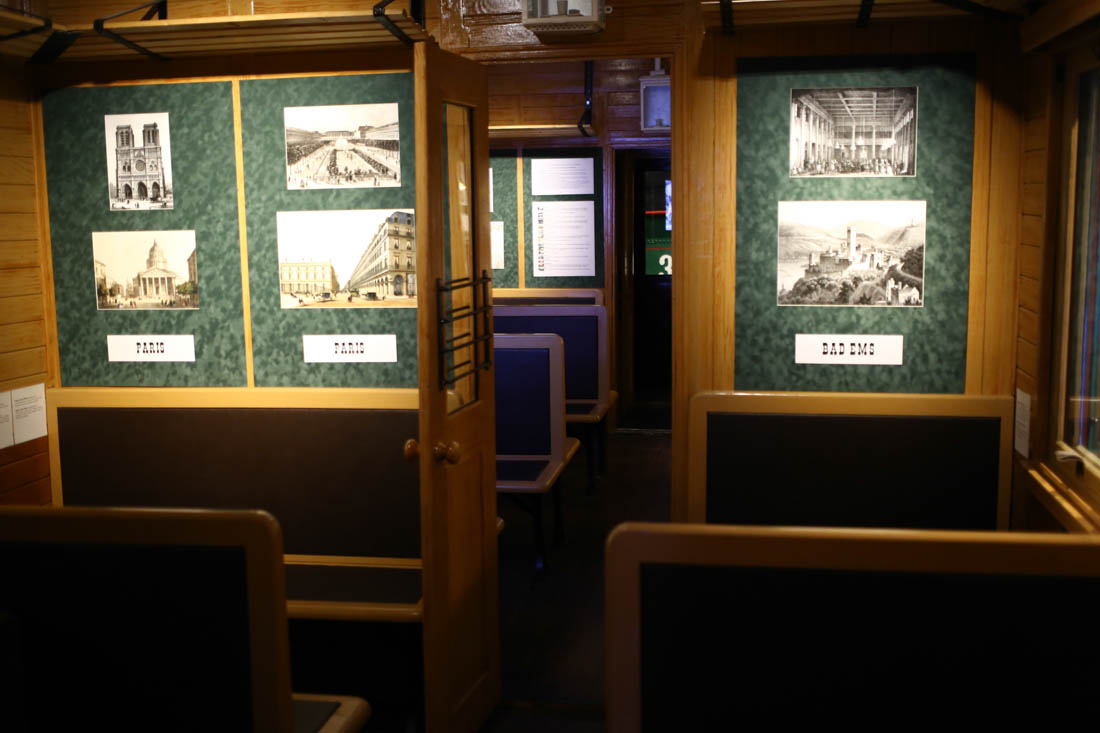
They had cuspidors - a very necessary thing for cultural leisure. There was no Wi-Fi and sockets then, but there was chewing tobacco:

And these are much later passenger cars that could be used to transport the wounded: the corner was done using the same half of the door in the old cars that never opened in the vestibule.
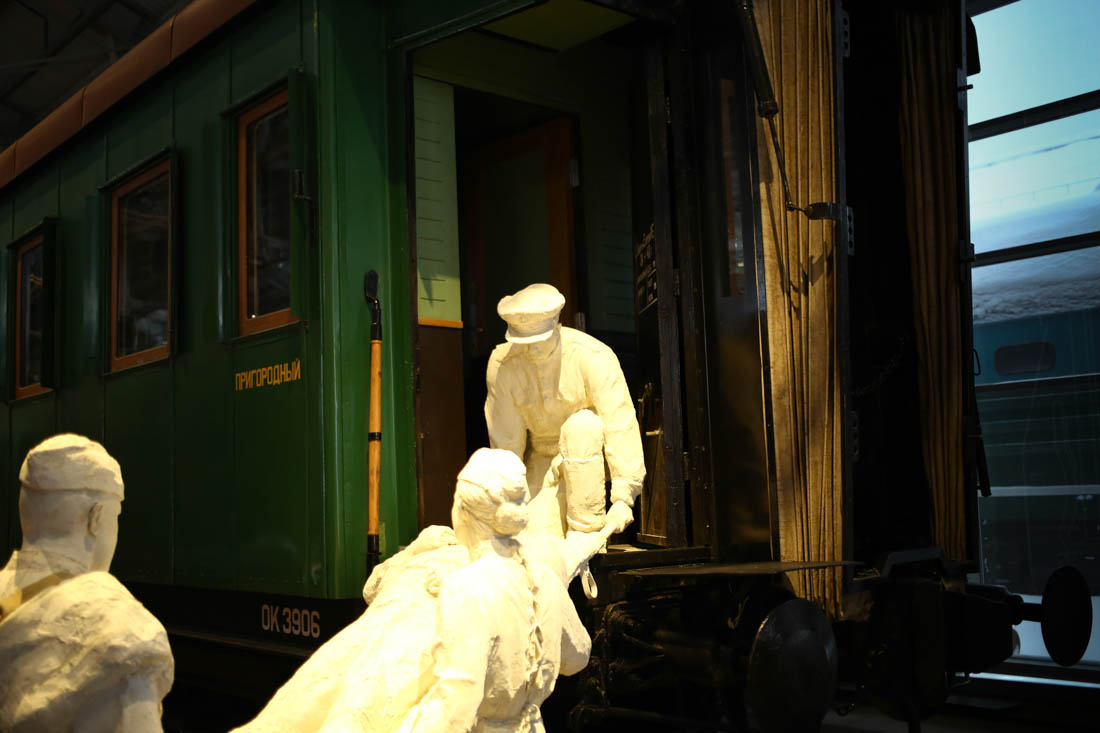
At first, there was no boiling water in the cars either, he dialed at the stations, so the passengers drank tea after departure. Now there are titans that used to be super-modern technology:
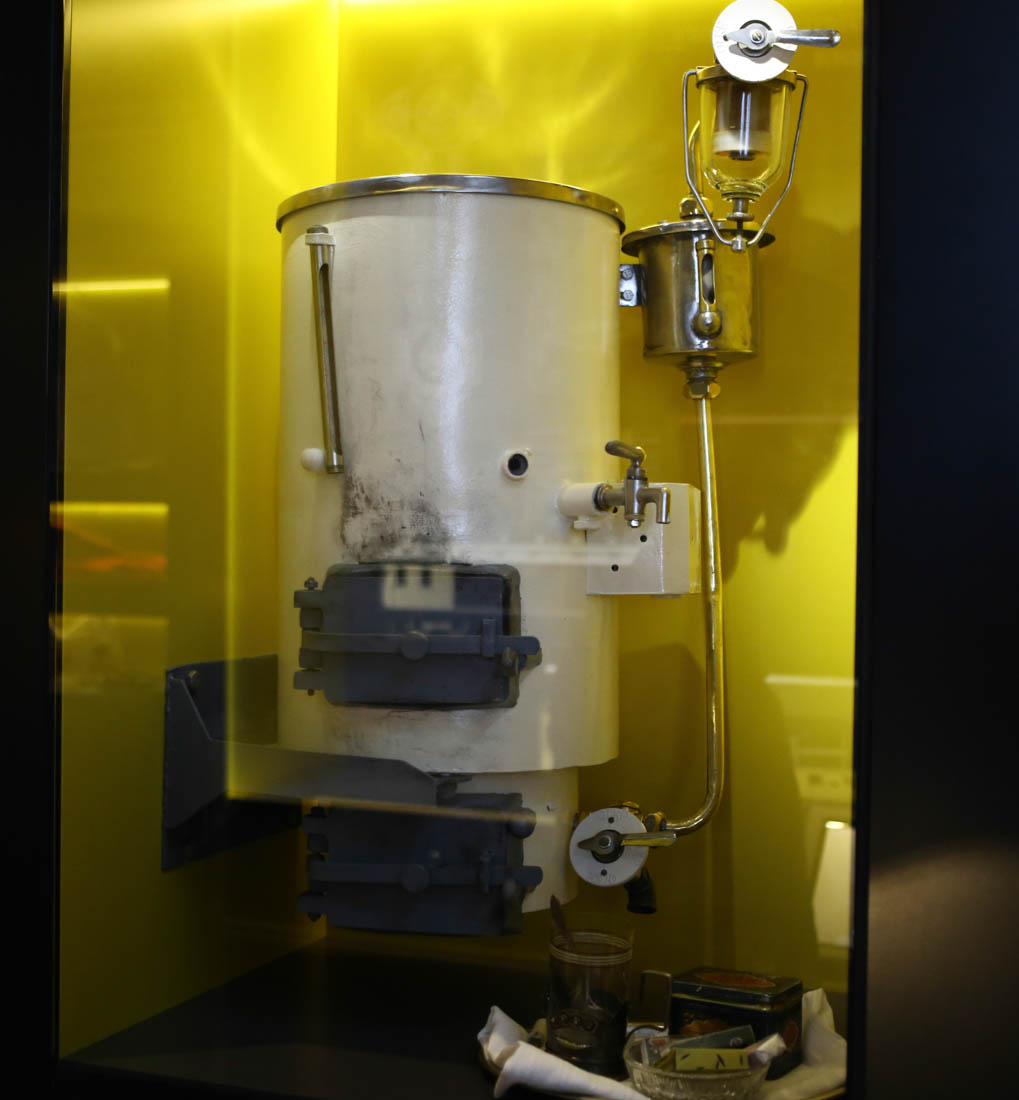
The compartment of a passenger carriage produced in the first half of the 1950s looked like this:

Passenger carriages of the late 19th century in many cases had metal frames and wooden bodies lined with thin sheets of iron.
The lighting in the cars was initially candlelight. Here is a candle lamp, his pipe for burning goes up:

In the photo there is a service saloon used in the second half of the 20th century.
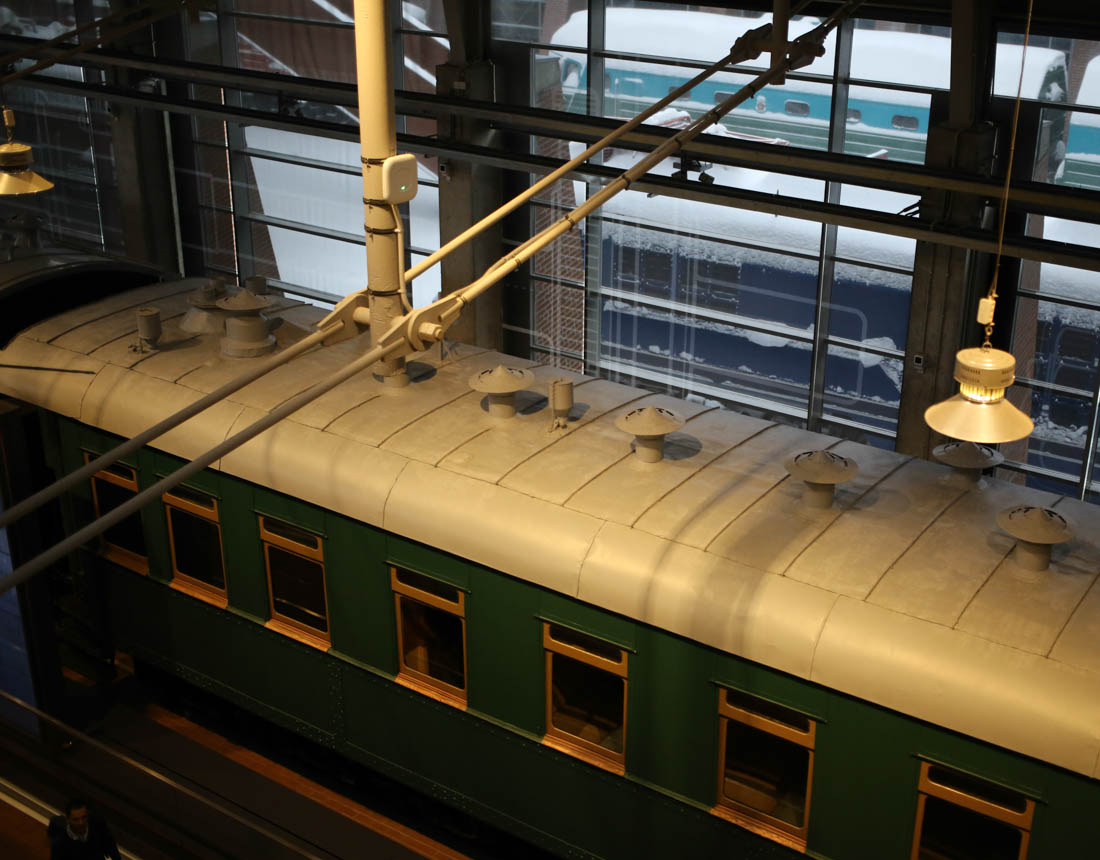
Wagons developed in many ways: we once wrote about what is changing in them. It should be borne in mind that these processes cannot be considered in isolation from the rest of the development of railways and technology in general. For example, the same local train network has undergone many changes since the signal rope. Or the principle of arriving at the station: first, mechanical semaphores were used to determine where one could go. Then there were electric lamps, which gave a much clearer indication. Then, in the USSR, codes began to be sent on rails, and on the locomotive were a reader and a panel with colored lamps, which duplicated the signal. The development of materials and the country's economy had a lot of influence on the cars. For example, the transition from 16-ton cars to 40-ton with a large number of axles helped to use roads more efficiently,
We already wrote a little more about the evolution of cars here . This is the third post of the cycle about the Tver Carriage Building, here's more about the arrangement of energy systems of cars and generally about them . And here is about the work of the station .
Of the most recent updates, it is worth noting that on February 14 new data appeared on how cars would look.
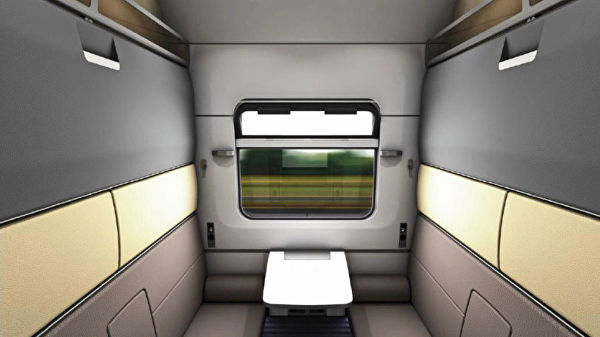
© FPK The
upper shelves and the table are cleaned. The lower shelves turn into sofas with headrests. There will be a safe:

© FPK
In the toilets, the shower will be a separate booth, and not just a watering can behind a hidden camouflage panel, as it is now.

outgoing signal was also there. The conductor could send a signal to the engine using a signal rope passing through all the cars. Here is its mount on top of the mail carriage:

She joined, for example, the lantern of the driver. He saw a flash of a lantern and looked out to see what happened. Then they communicated with flags: all conductors, if necessary, protruded and read signs.
Why was this important? Because the engine simply could not stop the train due to banal physics.
The brakes of the locomotive alone could not quickly stop the train, in this process it was desirable to use at least part of the cars.

Workplace of the conductor with a folding seat.

The brake loaders did not always do the job correctly, so automation was needed. They came up with automatic brakes in the 19th century.

At present, non-acting brakes are used: when charging the brake line with air (now up to 5 atmospheres), the brakes are released, and when the pressure drops, the brake pads are pressed against the wheel rims. If the car was detached from the train, it immediately braked, and the whole train also braked due to a drop in pressure in the highway. Emergency braking can be applied by actuating the stop valve located in the car.
Freight wagons

This is how heavy-duty four-axle freight cars looked like. In wartime, inside the car, it was possible to put removable military equipment for transporting people or, if necessary, horses. In peacetime, the car was used as a freight car. It is very simple to distinguish a dual-use car:

If there are windows in a freight car, it is definitely a dual-use car. Here is the difference between the old and the fresher.
Mail car
Mail cars were very important. They carried mail and money in the Russian Empire.



Mail is sorted inside the wagon as it travels.

There is a mailbox so that a person can send an urgent letter: He

waited for the train at the station, approached, dropped the letter directly into his mailbox. The train left with a letter. And here is the money bag:

Military wagons
It turned out to be convenient to place artillery and anti-aircraft guns on the wagons.
In the twentieth century, rail transport was used to defend the country:

In the foreground are two anti-aircraft armored sites designed for air defense. In the background is a military railway missile system:

In addition to a powder launch like a mortar (at first the missile is thrown into the air by a blast of charge, and then it bends and gives a jet stream so that the car does not turn over), there is another feature:

With this device, it was diverted to side of the contact wire above the train so that it can launch a rocket.
Here is an interesting platform conveyor for the transportation of heavy and oversized cargo, often equipment for the railway, for example, transformers:

Passenger cars
The first passenger cars of the Tsarskoye Selo Railway were with separate doors that went out of the compartment directly onto the street. But such a layout in our climate did not take root. Firstly, the cars were cold, easily blown by the wind. And, secondly, passage along the train was difficult. Therefore, passenger cars with entrances through terminal open areas began to be used on the Petersburg-Moscow Railway. Here are the interiors of the museum specimen:

They had cuspidors - a very necessary thing for cultural leisure. There was no Wi-Fi and sockets then, but there was chewing tobacco:

And these are much later passenger cars that could be used to transport the wounded: the corner was done using the same half of the door in the old cars that never opened in the vestibule.

At first, there was no boiling water in the cars either, he dialed at the stations, so the passengers drank tea after departure. Now there are titans that used to be super-modern technology:

The compartment of a passenger carriage produced in the first half of the 1950s looked like this:

Passenger carriages of the late 19th century in many cases had metal frames and wooden bodies lined with thin sheets of iron.
The lighting in the cars was initially candlelight. Here is a candle lamp, his pipe for burning goes up:

In the photo there is a service saloon used in the second half of the 20th century.

Wagons developed in many ways: we once wrote about what is changing in them. It should be borne in mind that these processes cannot be considered in isolation from the rest of the development of railways and technology in general. For example, the same local train network has undergone many changes since the signal rope. Or the principle of arriving at the station: first, mechanical semaphores were used to determine where one could go. Then there were electric lamps, which gave a much clearer indication. Then, in the USSR, codes began to be sent on rails, and on the locomotive were a reader and a panel with colored lamps, which duplicated the signal. The development of materials and the country's economy had a lot of influence on the cars. For example, the transition from 16-ton cars to 40-ton with a large number of axles helped to use roads more efficiently,
Last changes
We already wrote a little more about the evolution of cars here . This is the third post of the cycle about the Tver Carriage Building, here's more about the arrangement of energy systems of cars and generally about them . And here is about the work of the station .
Of the most recent updates, it is worth noting that on February 14 new data appeared on how cars would look.

© FPK The
upper shelves and the table are cleaned. The lower shelves turn into sofas with headrests. There will be a safe:

© FPK
In the toilets, the shower will be a separate booth, and not just a watering can behind a hidden camouflage panel, as it is now.
